Google's Incremental Daydream VR Improvements: Better Optics, More Colors
Google announced some incremental updates to its Daydream View VR HMD, including some tweaks to the optics.
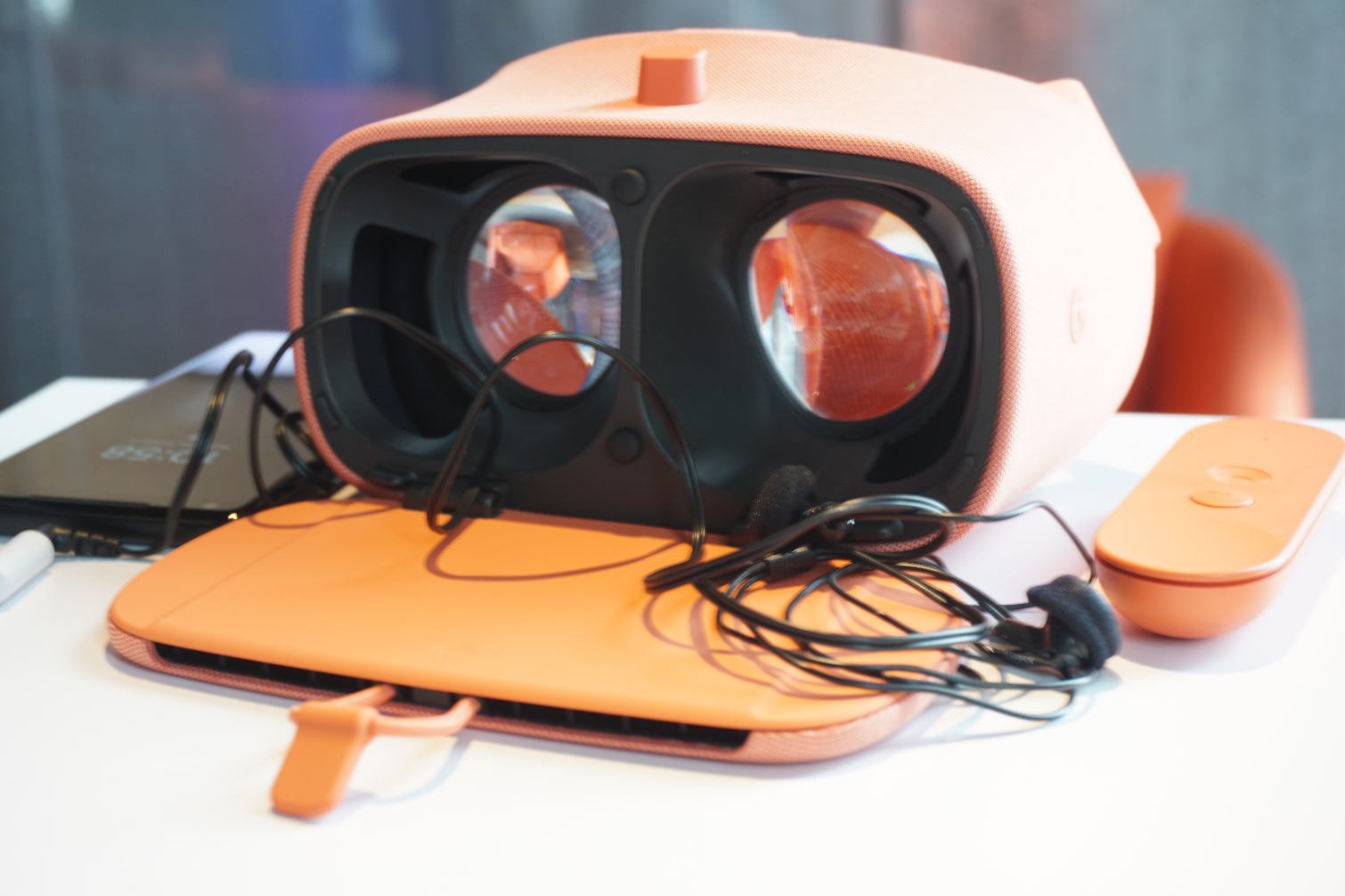
During Google’s annual “here’s everything new” event, we did not see the company’s forthcoming standalone, Qualcomm Snapdragon-driven VR HMD, but instead an upgrade to the existing Daydream View HMD with several incremental improvements on the aesthetics, comfort, and optics.
The company devoted not even five minutes to Daydream during its nearly two hour presentation, which also featured new Pixel smartphones (Pixel 2), a high-end Chromebook (Pixelbook), a miniaturized Google Home (Mini), some Google Translate-equipped ear buds, and a host of other odds and ends. Given that Oculus will be hosting its annual get-together next week, we expect to hear more about standalone VR there, and potentially from others after that event.
But we’ll focus here on the next revision of Daydream View.
Google has never really talked in detail about specifications on VR, but the company did say that the field of view (FoV) is wider on the new Daydream. It wouldn’t even characterize a percentage increase here, saying only that it the previous Daydream HMD already had a better FoV than the Samsung Gear VR, and that part of the reason the company doesn’t specify even a range is that FoV is partly dependent on the face of the user. A representative did say the FoV was “substantially more” than the previous version.
| Header Cell - Column 0 | Samsung Gear VR (first edition) | Samsung Gear VR (current version) | Google Daydream View (2016) | Google Daydream View (2017) |
|---|---|---|---|---|
| Dimensions | 201.9x92.6x116.4 mm (WxHxD) | 207.1x98.6x120.7 mm (WxHxD) | 106.2x98.6x166.8mm (WxHxD) | 117.1x100.2x167.8mm (WxHxD) |
| Weight | 310 g | 345 g | 220 g | 261g |
| Display | Smart device dependent | Smart device dependent | Smart device dependent | Smart device dependent |
| Field of View | 96˚ | 101˚ | Unknown | Unknown (Wider than Gear VR) |
| Focal Adjustment | Adjustment Wheel | Adjustment Wheel | N/A | N/A |
| Sensors | Gyro, Accelerometer, Proximity | Gyro, Accelerometer, Proximity | Gyro, Accelerometer, Proximity | Gyro, Accelerometer, Proximity |
| Phone Connection | Micro USB | USB Type-C & Micro USB | Wireless | Wireless |
| Smartphone Compatibility | Samsung Galaxy Note 5, Galaxy S6, Galaxy S6 edge, Galaxy S6 edge+ | Samsung Galaxy Note8, S8, S8+, S7, S7 edge, Note5, S6 edge+, S6, S6 edge | Google Pixel, Pixel XL; Samsung Galaxy S8, S8+, Note 8; Asus ZenFone AR; Motorola MotoZ2 Force, Moto Z, Moto Z Force; Huawei Mate 9 Pro, Porsche Design Mate 9; ZTE Axon 7 | Google Pixel, Pixel XL, Pixel 2, Pixel 2 XL; Samsung Galaxy S8, S8+, Note 8; Asus ZenFone AR; Motorola MotoZ2 Force, Moto Z, Moto Z Force; Huawei Mate 9 Pro, Porsche Design Mate 9; ZTE Axon 7 |
| Color | White/Black | Orchid Grey | Slate Grey, Crimson Red, Snow White | Fog White, Charcoal Grey, Coral Red |
| Input Device | Side-mounted buttons, trackpad | 3-axis motion controller | 3-axis motion controller | 3-axis motion controller |
| Head Strap | Adjustable side strap, Optional adjustable overhead strap | Adjustable side strap, Optional adjustable overhead strap | Adjustable Side Straps | Adjustable side strap, Optional adjustable overhead strap |
| Warranty | 1 year | 1 year | 1 year | 1 year |
| Price | No Longer Available (was $99) | $129 | $79 | $99 |
The new version of the Google Daydream View headset is slightly wider and slightly taller than the previous model.
Google has also improved other aspects of the Daydream optics, with a wider “sweet spot” (for when your eyes move off center) and increased resolution (or “clearer view” in Google’s words) in the center area of the view. Again, the company was reluctant to provide specifics.
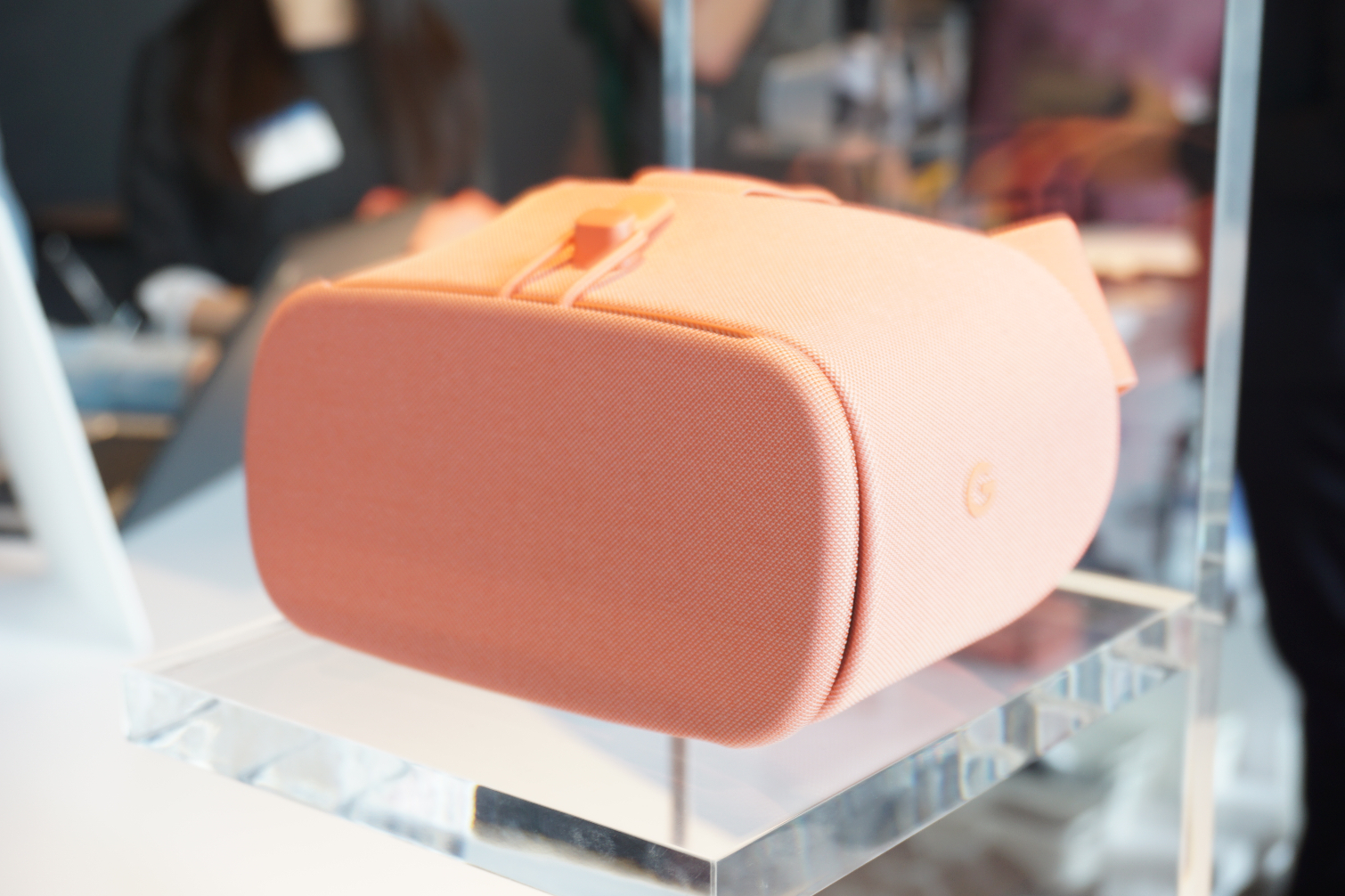
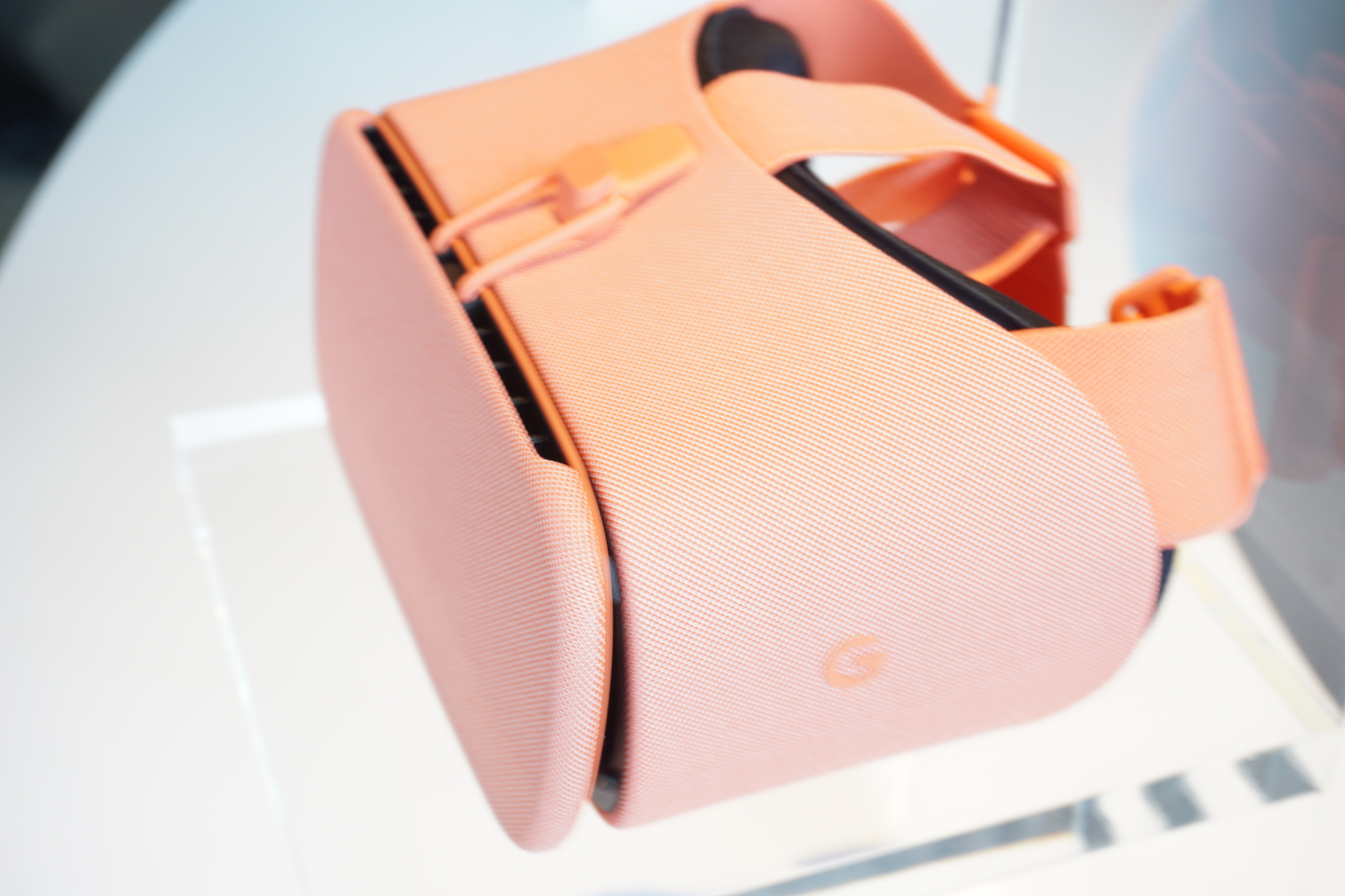
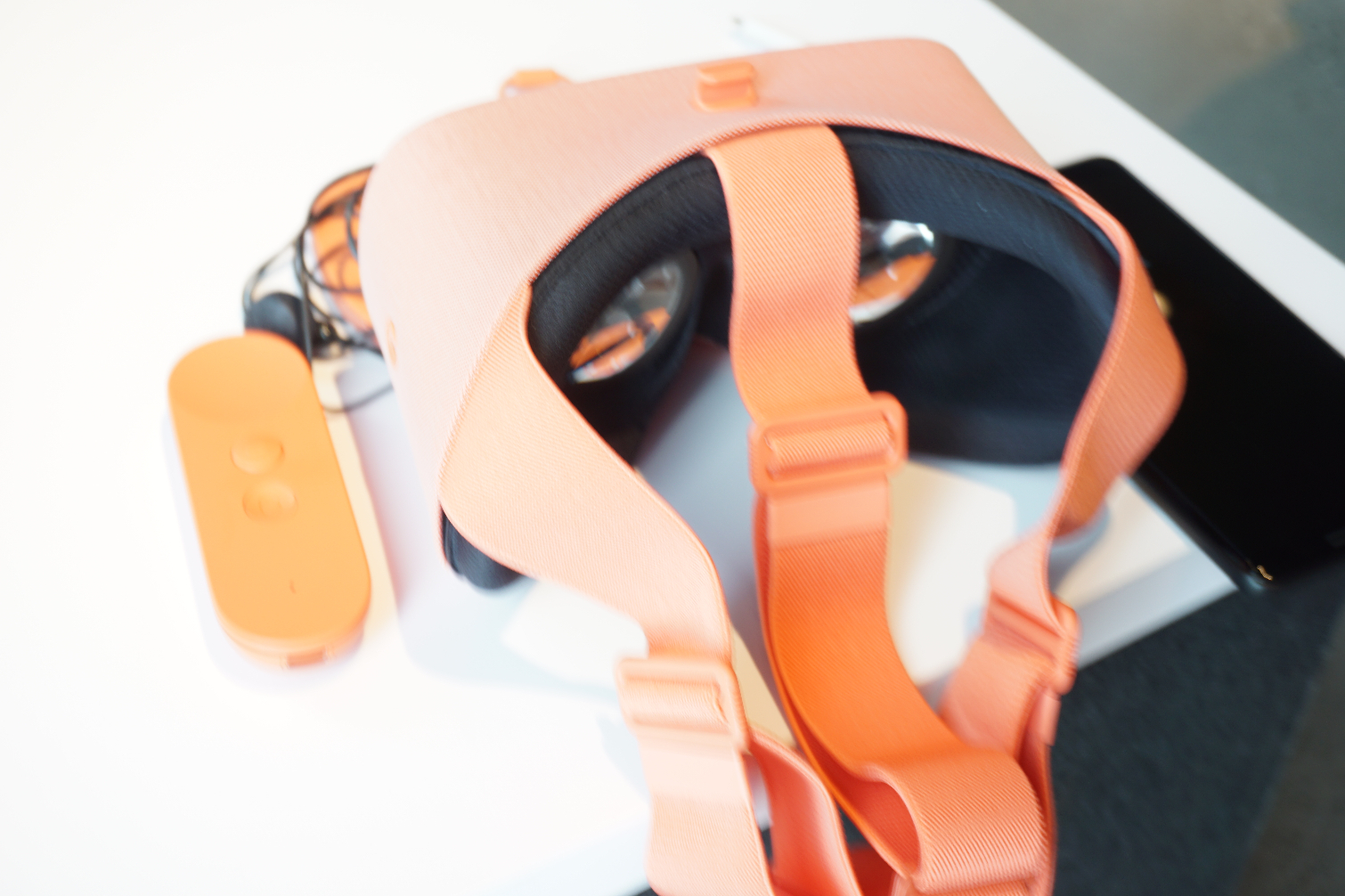

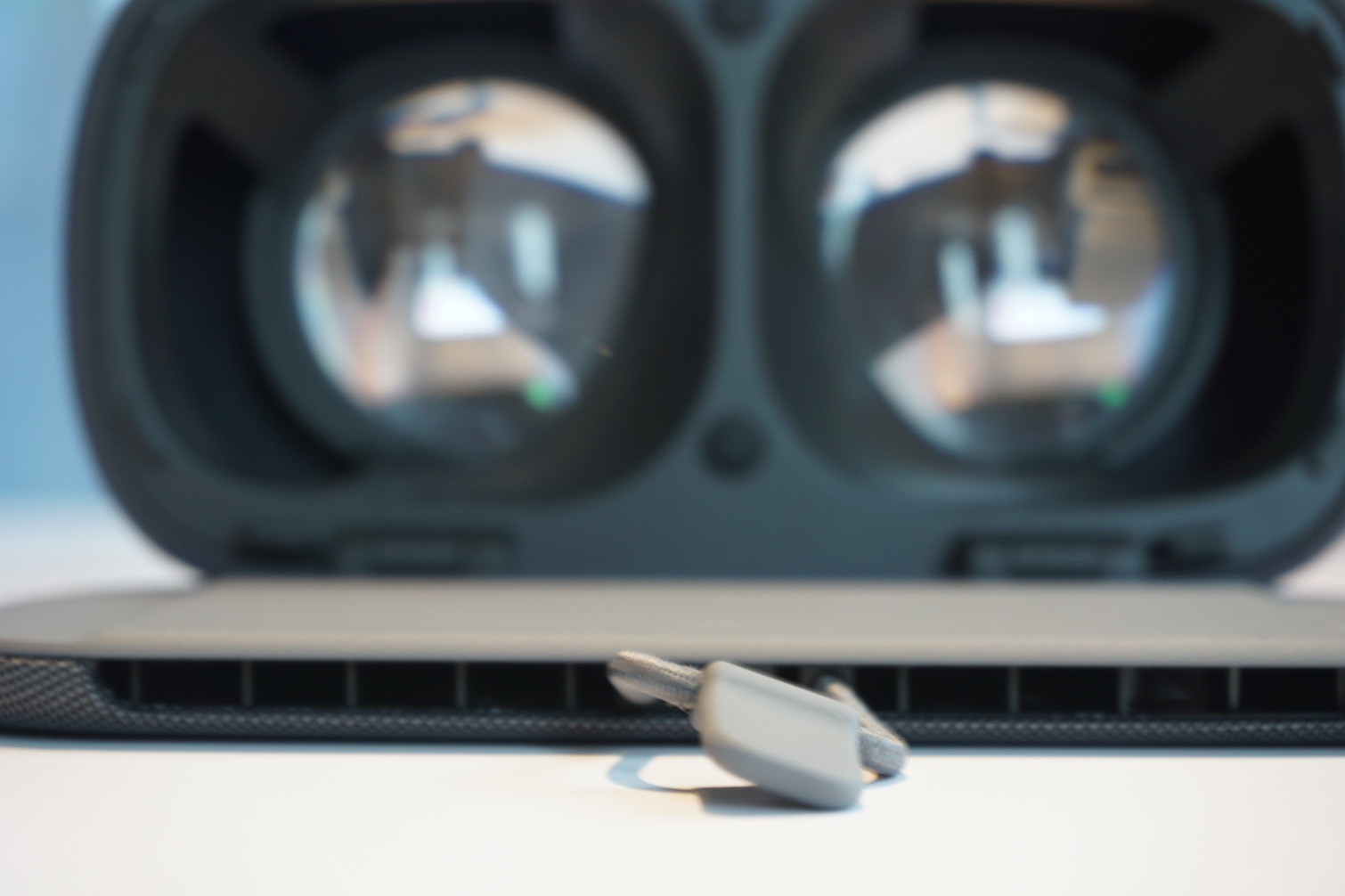
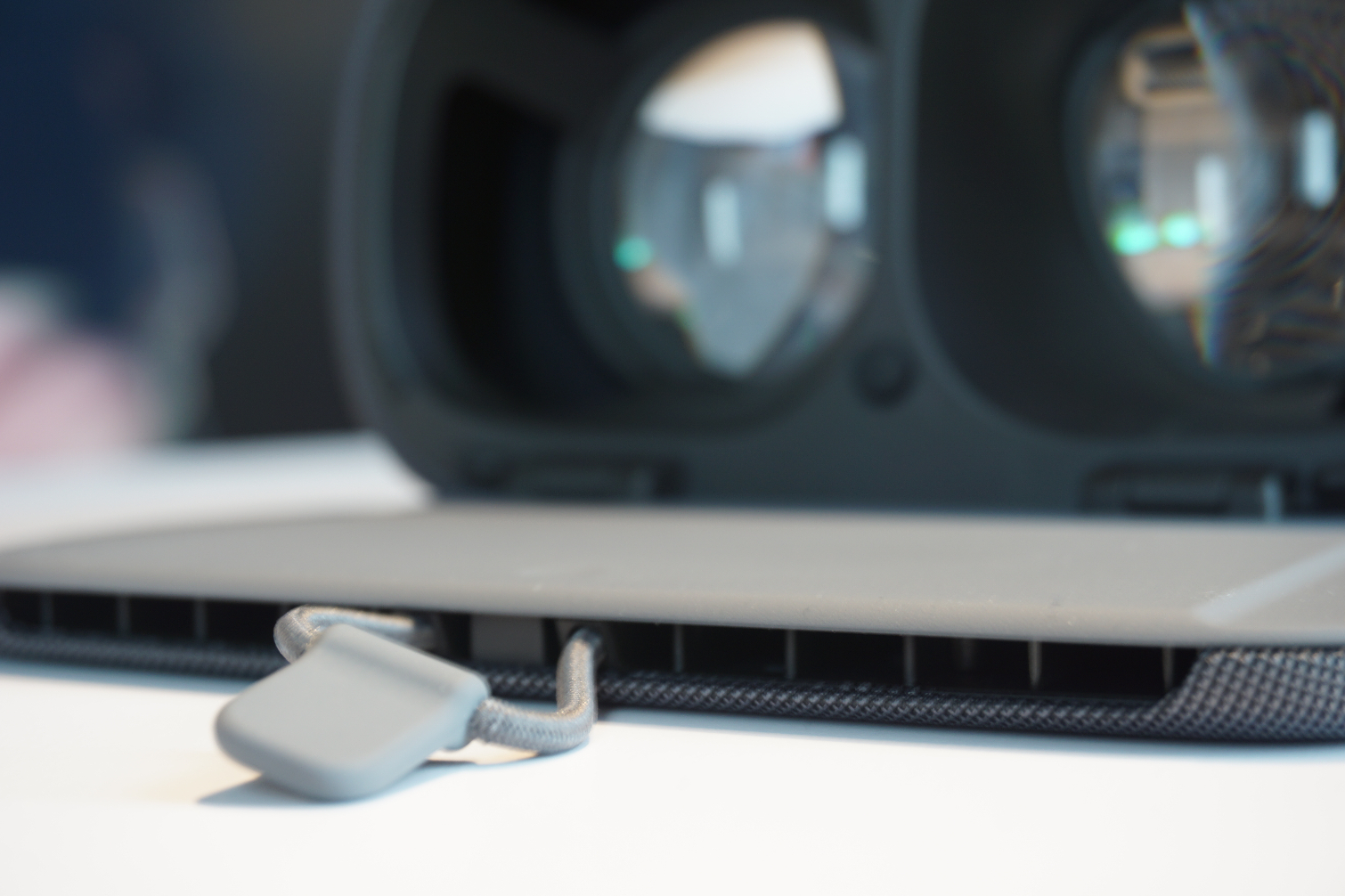
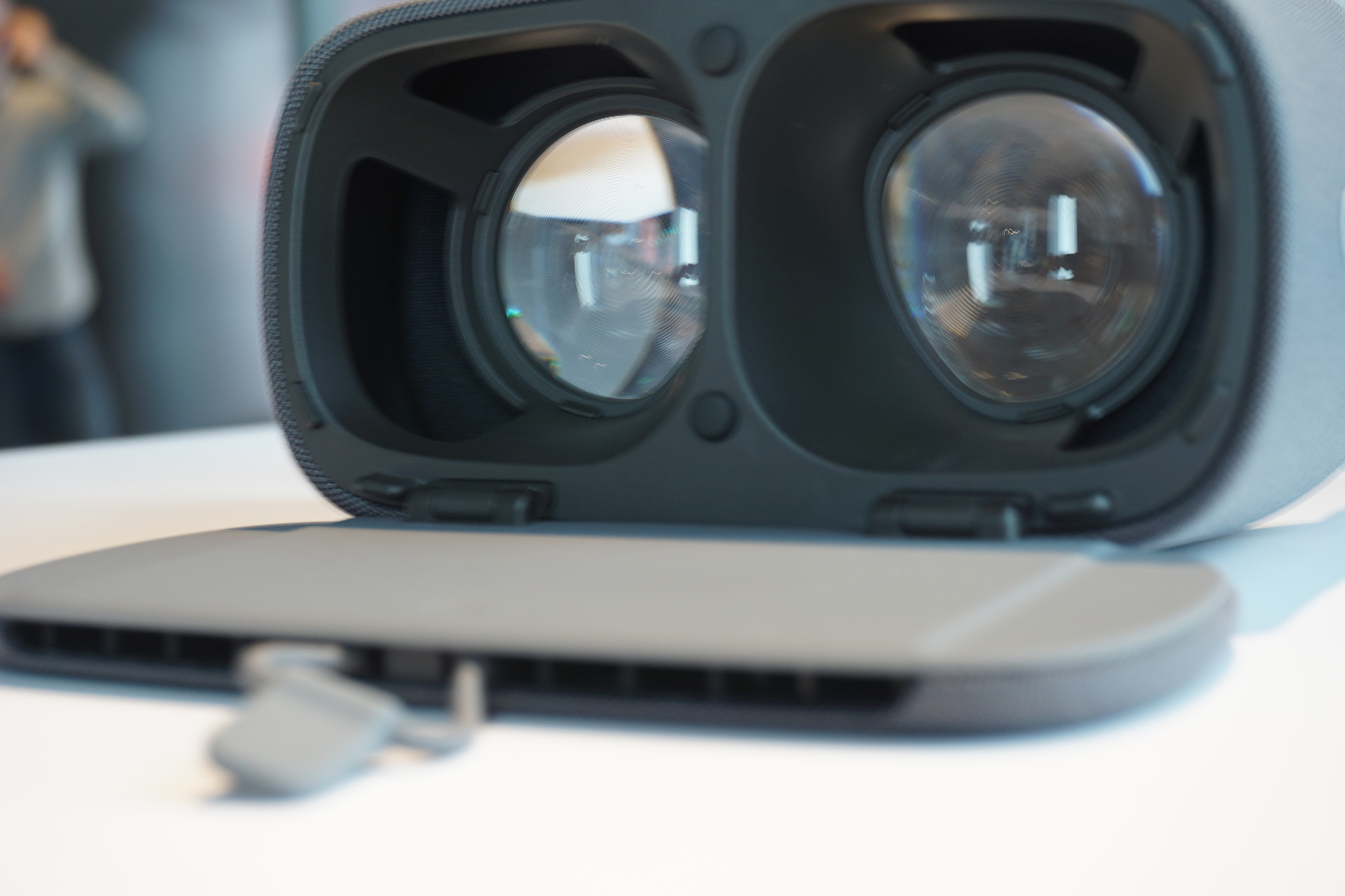
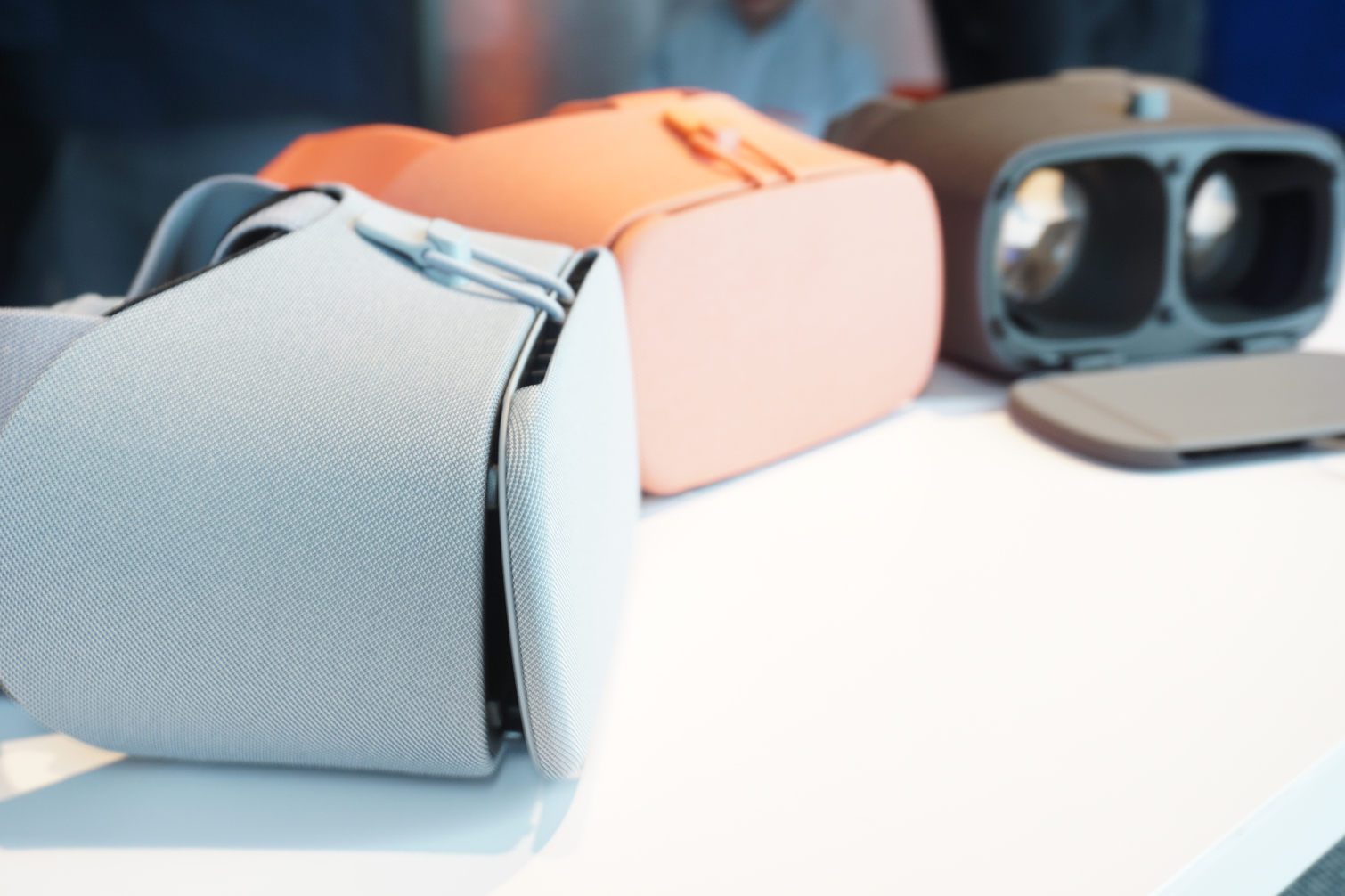
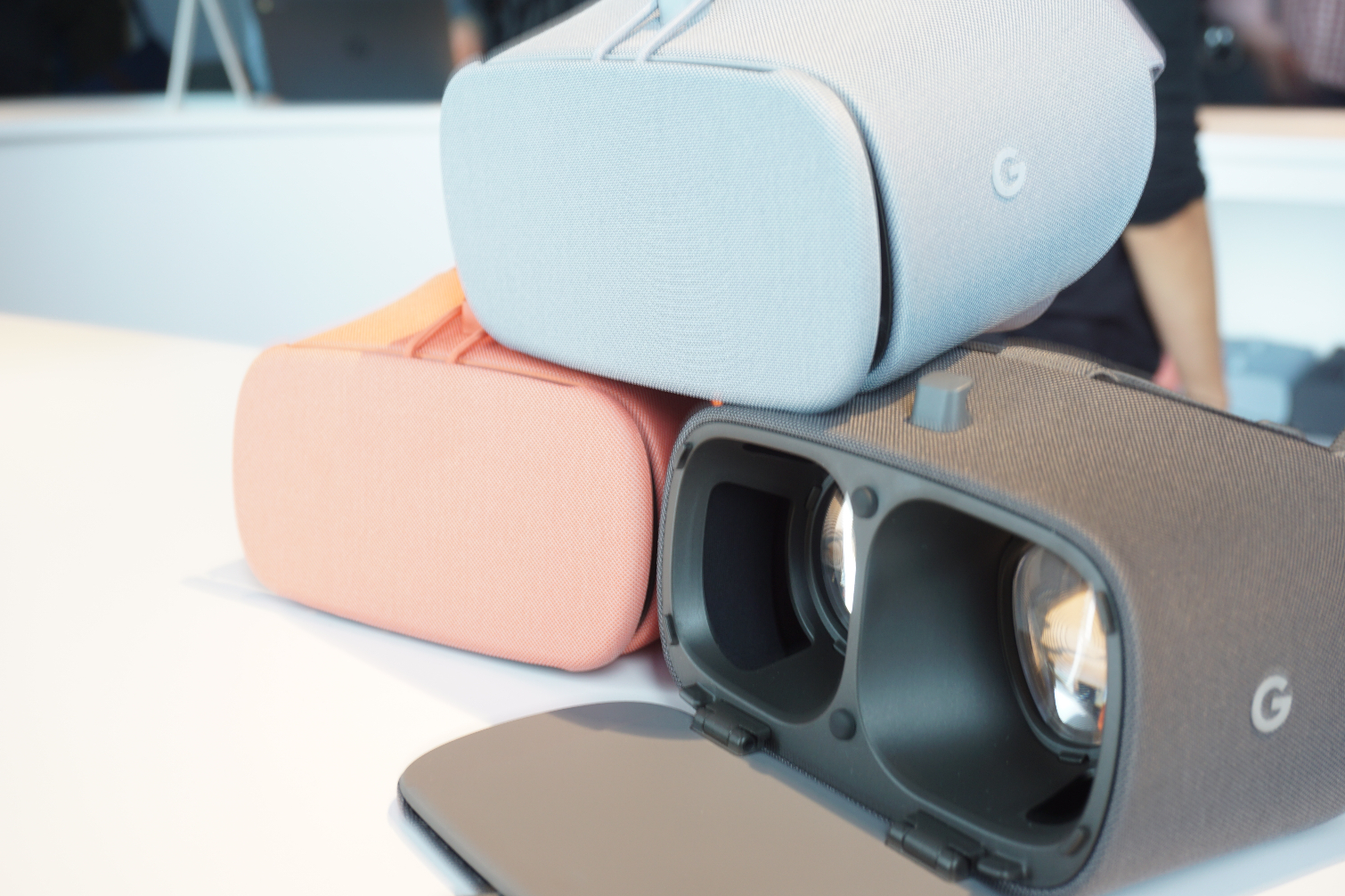
The representative, though, indicated that the improved optics were the result of using a new, more powerful, more efficient optical development process. That process makes use of an in-house optical simulation tool that leverages Google’s data center processing power.
Sign up to get the BEST of Tom's Guide direct to your inbox.
Get instant access to breaking news, the hottest reviews, great deals and helpful tips.
Color naming has become sport in the consumer tech space, with Google poking fun at itself (and others) on several devices, with new colors like “kind of blue” and “just black” and “clearly white.” For Daydream, we already had Slate, Snow, and Crimson, and now the company has added Corral, Fog, and Charcoal.
On the more practical side, the HMD now includes a top strap, a noticeable oversight on the original version that made for a fairly unsteady and uncomfortable experience compared to other HMDs we’ve used, especially with bigger, heavier phones.
Google also made improvements to the face pad and to the HMD fabric, but a company representative wouldn’t talk about specifics, other than to say that these improvements were the result of having experimented with many more faces now that the HMD has been around for quite some time. (In other words, Google has acquired and listened to customer feedback.) The face pad is lighter and distributes the pressure more evenly while also blocking light and fitting any face shape or size.
The original Google Daydream View headset featured a holster for the bundled controller behind the faceplate of the headset. That location works fine for storage when the headset isn’t in use, but if your experience doesn’t require a controller, you still have to hold it. Now you can stash the controller in a pocket on the rear of the head strap.
Credit: Tom's Hardware
The post was originally published at our partner site, Tom's Hardware.
